Acing your response to an interview question requires pivoting off your basic answer to reinforce your strengths, motivation or fit -- depending upon the true underlying question. If you don't answer the question, you get an F. If you simply answer it, you get a C or maybe a B. An A, and ultimately getting the job in most cases, requires more.
As I've articulated previously, there are only three true job interview questions:
- Can you do the job?
- Will you love the job?
- Can we tolerate working with you?
(Strengths, motivation, and fit.)
But what happens when you're responding to questions from someone who hasn't been trained in interviewing? Take charge in a way that makes them feel good about themselves and what they uncover about you. To do this successfully, follow three simple steps: Think; Answer; Bridge:
- Think before opening your mouth.
- Answer the question asked.
- Bridge to answer the true underlying question.
Think
Do not launch right into an answer. If you do, you're likely to answer only what was asked - and to do it in an unstructured way. Instead, pause for a moment and think about your answer to what was asked, your bridge, and your answer to the true underlying question.
Answer the question asked
If you don't answer the question asked, the interviewer will write you off and won't hear anything else you say. Not responding to the question tells the interviewer that you either weren't listening or didn't value what he or she said. Either leads to a failure.
But you don't have to go into great depth in answering the question asked. Burn only as much time as necessary to satisfy the interviewer. At this point, you're playing not to lose. You're not playing to win - yet.
Bridge to answer the true underlying question
Bridging is an art. You must connect the dots between your response to the question asked and the answer to the underlying true question (strengths, motivation, or fit). Bridge too far and your audience can't make the leap. Find a link -- a connection -- and use it to get from where you are to where you need to be.
If, for example, you're asked about your volunteer work with underprivileged children and you want to talk about your communication strengths, you might say something like,
What I most enjoy about working with children is being able to make a contribution to people with a very different background than mine. Connecting with people with different backgrounds and communicating with them is one of my strengths. For example, in my last corporate job I once....
See the bridge? Working with children to connecting with people to communication.
My earlier article on the the three true job interview questions suggests you should know your three strengths and examples of them, then connect your BRAVE preferences (behaviors, relationships, attitude, values and environment) with the organization's BRAVE make-up to get at fit, and finally, connect what you love to do with the activities of the job to get at motivation.
Remember always pause to think, briefly answer what was asked, and then bridge to answer the true underlying question to get straight "A"s on the interview -- and the job.
This is a good example of step 1 of The New Leader's Playbook: Yourself for Success.
There are several components of this including positioning yourself for a leadership role, selling before you buy, mapping and avoiding the most common land mines, uncovering hidden risks in the organization, role, and fit, and choosing the right approach for your transition type. (Including an interim role.)
Click here for YouTube videos highlighting each step
-------------------------------------------------------------
The New Leader's Playbook includes the 10 steps that executive onboarding group PrimeGenesis uses to help new leaders and their teams get done in 100-days what would normally take six to twelve months. George Bradt is PrimeGenesis' managing director, and co-author of The New Leader's 100-Day Action Plan (Wiley, 3rd edition 2011) and the freemium iPad app New Leader Smart Tools. Follow him at @georgebradt or on YouTube.
